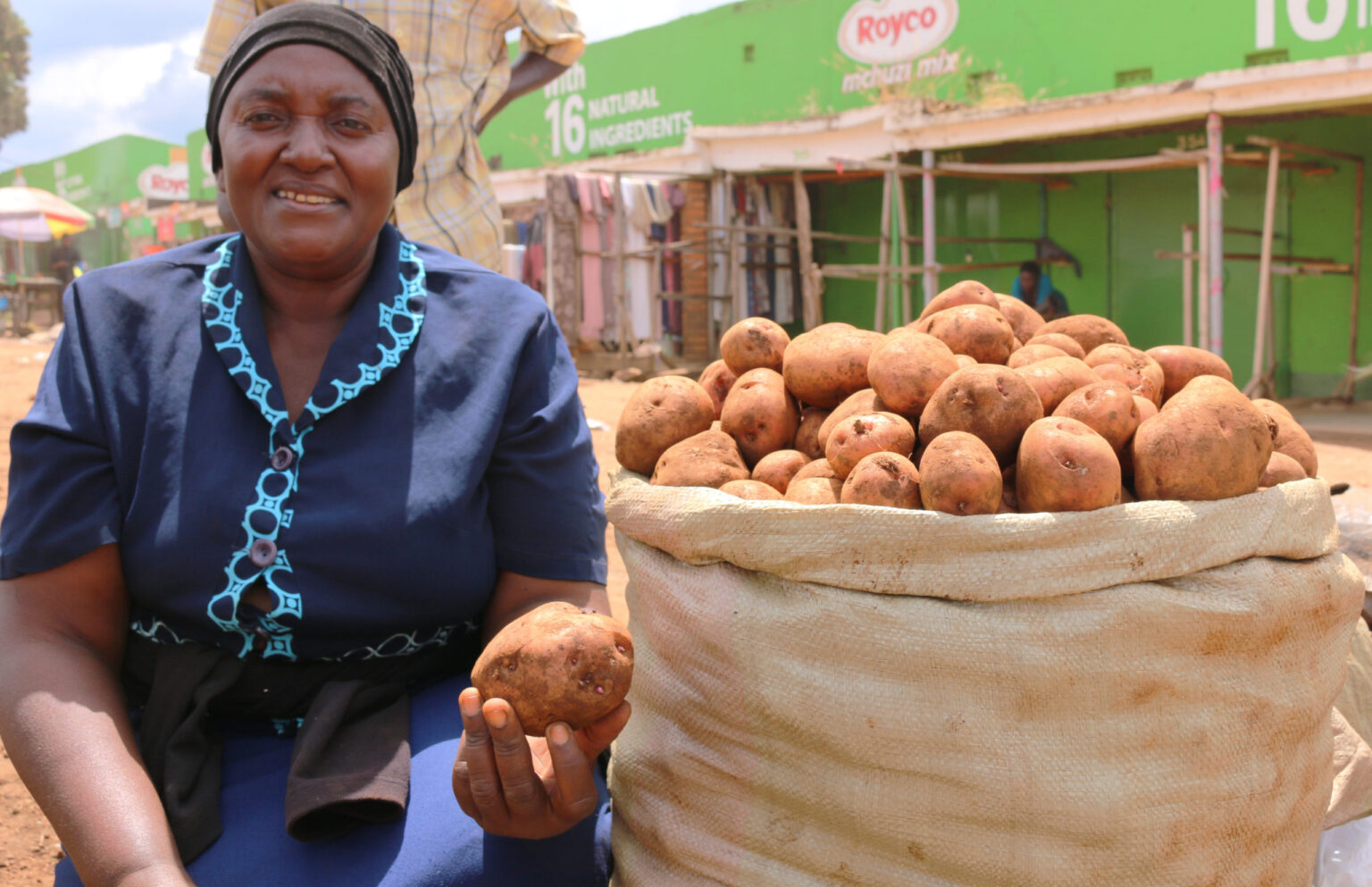- Inflation in Kenya slightly increased to 6.9 per cent in January after declining for two consecutive months in November and December.
- Official statistics show that increases in food, energy, and transportation costs, which together account for about 57 per cent of household budgets, drove up inflation in Kenya.
- Between December 2023 and January 2024, the prices of Irish potatoes, carrots, oranges, and cabbages increased.
In January, inflation in Kenya increased marginally to 6.9 per cent, attributed to a rise in food prices. This comes after a consecutive decline in inflation for two months in November and December, easing below the statutory level to 7.3 per cent in July.
November recorded 6.8 per cent, decreasing to 6.6 per cent in December. The latest statistics from the Kenya National Bureau of Statistics (KNBS) indicate that consumers in Kenya will need to dig deeper into their pockets to buy basic food items.
Inflation in Kenya
In the first month of the year, increases in food, energy, and transportation costs, accounting for about 57 per cent of household budgets, significantly drove up inflation in Kenya.
The KNBS index for food and non-alcoholic beverages increased by 0.4 per cent from December 2023 to January 2024. The primary cause of the rise in food inflation is the price increase of certain food items, exceeding the price decline of other commodities, according to statistics from KNBS.
Between December 2023 and January 2024, the prices of Irish potatoes, carrots, oranges, and cabbages climbed by 10.0, 7.4, 3.1, and 1.7 per cent, respectively. Mangoes, tomatoes, and sugar saw price drops of 3.8, 3.6, and 2.2 per cent, respectively.
The index for housing, water, electricity, gas, and other fuels grew by 1.6 per cent between December 2023 and January 2024, primarily due to increases in the price of 200 kWh and 50 kWh of electricity, which were 11.4 per cent and 13.7 per cent, respectively.
This increase is mostly because of the fluctuation adjustment in the foreign exchange rate per kWh, which rose by 103.1 per cent.
“The price of a litre of kerosene, however, dropped by 2.4 per cent during the same period,” adds KNBS in part.
On the other hand, the Transport Index dropped by 0.9 per cent during the period, mainly due to a decrease in petrol and diesel prices by 2.3 per cent and 2.5 per cent, respectively.
Year-on-year, the Index increased by 10.6 per cent in the last 12 months up to January 2024.
Notably, the year-on-year inflation for education services, which follows a normal seasonal trend, was 2.8 per cent.
“There was an increase of 1.8 per cent in the indices for education services between December 2023 and January 2024, occasioned by a rise in tuition fees,” the statistics body says.
The continued weakening of the shilling against the US dollar is also expected to spike the cost of goods as Kenya remains a net importer.
Read also: Tumbling Kenyan Shilling headache for government as households remain vulnerable
Drivers of increasing inflation in Kenya
The shilling is expected to remain weak with projections of further drops in the medium term, amid persistent forex demand from importers and the impact of high global inflation.
Yesterday, the Central Bank of Kenya quoted the shilling at 160.75 against the dollar, indicating it has shed about 29 per cent of its value year-to-date.
A volatile shilling means importers will spend more on manufacturing goods as raw materials for factories, thereby raising the cost of inputs for firms and passing the burden down to consumers.
In this case, an importer will now spend an extra US$0.181 (KSh29) to buy a dollar for imports compared to last year’s period.
Since early 2020 when it started depreciating, the shilling has lost about 60 per cent of its value.
This rising cost of living in the East African country is despite recent projections of a probable decline by reports.
A recent report by the international research unit Economic Intelligence in its latest global cost of living ranking placed Kenya 33 positions down in 2023 compared to the previous year.
This means the general cost of products and services for the 12 months to September 2023 was less expensive than the same period in 2022.
The unit’s ranking of major cities places Nairobi at position 141 out of 173 cities surveyed globally.
It attributes the ease in the cost of living mainly to the slowdown in inflation as economies recover from the impact of the Covid-19 pandemic.
Kenya’s inflation for the month of December eased slightly to 6.6 per cent, down from 6.8 per cent in November and the highs of nine per cent early in the year.
Generally, across Sub-Saharan Africa, inflation has regularly fluctuated since 2000.
In 2022, Statista estimates that inflation had reached 14.49 per cent, marking the largest annual change since the 2008 recession; however, inflation is estimated to fall steadily in the coming years.
Read also: Food inflation showing a slight decrease despite fluctuations
